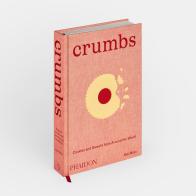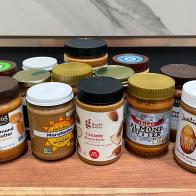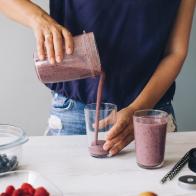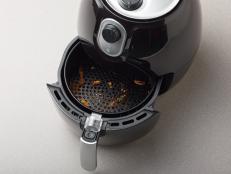Keep These Food Safety Tips in Mind When Canning Fruits and Vegetables
Preserving homegrown produce in cans or jars is a great way to enjoy your bounty past the season. But it’s critical to keep these important safety tips in mind.
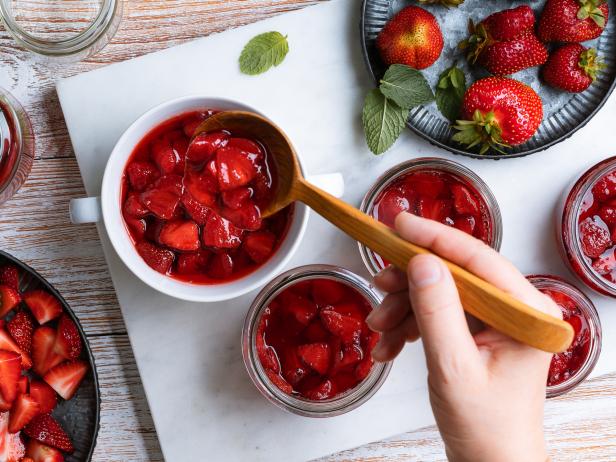
istetiana/Getty Images
Don’t let your summer bounty go to waste! Whether you grow your own fruits and vegetables at home or stock up at your local farmer’s market, preserve those extras so you can enjoy it all year long. When you have an abundance of produce, preserving helps prevent food waste and spoilage. But with home preservation comes possible food safety issues – something everyone should be cautious of. Here’s how to can your own food, safely.
One of the biggest issues when it comes to preserving is the bacteria Clostridium botulinum, which causes botulism. Clostridium botulinum survives in foods preserved without oxygen, like in improperly canned or jarred foods. Many cases of this foodborne illness occur from improperly home-canned or preserved foods. The bacteria thrive in low-acid food (most vegetables) and temperatures between 40 to 120 degrees Fahrenheit.
It’s important not to taste jarred or canned food that shows signs of spoilage. The toxin produced from Clostridium botulinum is so toxic that even a small amount can potentially be deadly. Mold is another issue — which can also be potentially toxic.
But before you swear off canning, there are simple signs to check if a product is spoiled:
- Check jars for swollen lids and broken seals.
- Examine lids for tightness and vacuum. Lids with concave centers have good seals.
- Examine the outside of the jar for streaks of dried food originating from the top.
- Look at the contents of the jar for rising air bubbles and unnatural color.
- Upon opening the jar, smell for unusual odors and look for foamy liquid and cotton-like mold (could be white, black, blue or green) on the top of the food surface and underneath the lid.
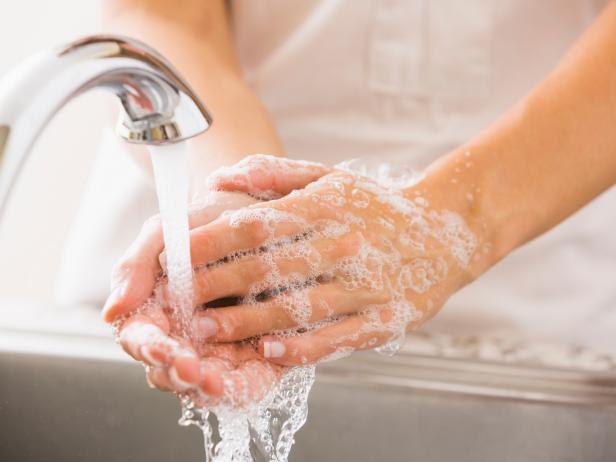
Mike Kemp/Getty Images
How to Can Safely
The good news: A few easy steps can prevent the growth of Clostridium botulinum and other pathogens. Choosing an appropriate recipe from a reputable source is a good first step. Recipes (like those from canning guru Sherri Brooks Vinton) are based on type of food, size of jars and how it’s packed into jars. It’s important to follow the instructions (especially the cooking times) exactly how they’re written.
Most beginners use the boiling water method to can food. This method should be used with more acidic foods like chutneys, jams, pickles and tomatoes . The acidity makes it tough for the bacteria to survive. Adding lemon juice, citric acid or vinegar also helps increase the acidity level. Clostridium botulinum is one bacteria that doesn’t like high acidity levels.
A few basic food safety guidelines in your kitchen that should be followed when preserving include:
Wash Your Hands Often: One of the main ways foodborne illness can spread is through poor hygiene, especially unwashed hands. Wash hands before and after handling foods or touching your face, hair, mouth or eyes. Also, wash hands after using the restroom, handling your phone or taking a break from cooking. To wash hands properly, rub hands together for at least 20 seconds using soap and warm water. Then rinse your hands with warm water and dry with a clean towel or single-use paper towel.
Keep Surfaces Clean: Surfaces can harbor pathogenic microorganisms which can potentially contaminate food and cause foodborne illness. Clean surfaces using hot, soapy water. You can also sanitize high-traffic surfaces (like the countertop used for preserving) using FDA-approved sanitation sprays. This helps prevent cross-contamination and helps keep pathogens at bay.
Wash Produce Thoroughly: Some bacteria can naturally be found in the soil and the surface of fresh produce. Wash produce thoroughly under cool running water and for produce with thicker skin, like avocado or melon, use a brush to remove all the dirt from the grooves. There is no need for produce washes or anything else. Just use good old water to wash your produce.

Nat and Cody Gantz/Getty Images
How to Store Home-Preserved Food
It is important to provide your home-preserved food the best environment to maintain quality and prevent spoilage. Here are several recommendations to store your home-preserved food safely:
- Label and date jars, and store in a clean, cool, dark, dry place out.
- Store jars ideally between 50 to 70-degrees Fahrenheit. Do not store home jars above 95-degrees Fahrenheit, in direct sunlight, near the stove, hot pipes, furnace or in an uninsulated attic. If the temperature is too hot, the food will lose quality quickly (within a few weeks or months) and may spoil. If it is too damp, it can corrode metal lids, break seals and allow for recontamination of the food and spoilage.
- Never taste food from a stored jar that has an unsealed lid or food that shows signs of spoilage.
How to Discard Home-Preserved Food
If you find a spoiled product, you want to handle it as if it contains botulism (even though it may not). If the jar is still sealed, then place it in a trash bag or dispose in a nearby landfill. If the jar is open, the contents must be detoxified by boiling all contents for 30 minutes and then disposing in the garbage or nearby landfill.
*This article was written and/or reviewed by an independent registered dietitian nutritionist.
Related Content:
















